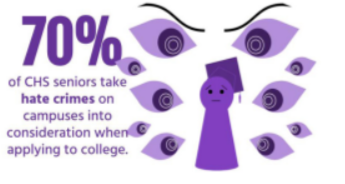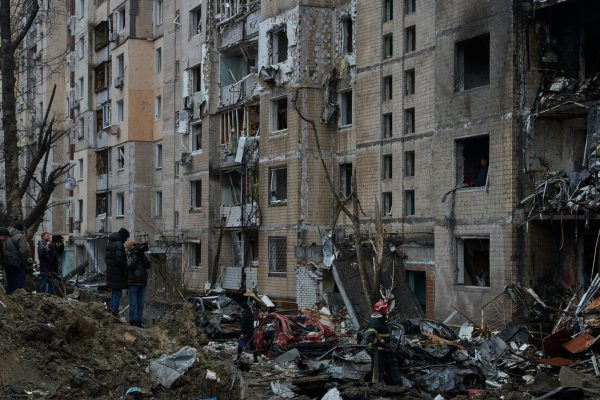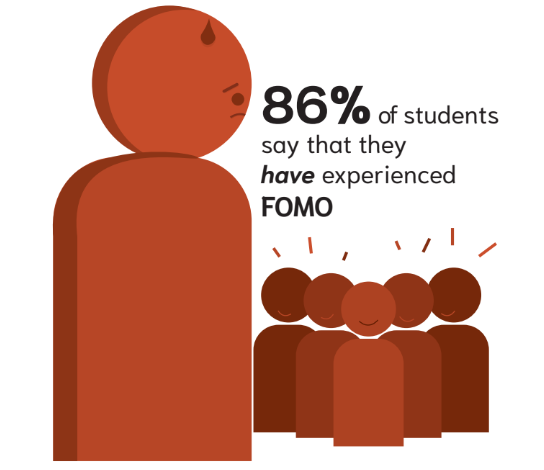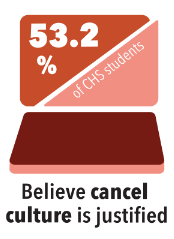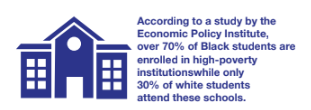High schools take on safety precautions for in-person instruction

BLOT GRAPHIC BY DANI MCLAUGHLIN
The New Jersey Department of Health (NJDOH) announced on March 23, 2021 that transmission of the coronavirus in the classroom setting is uncommon due to success in hygiene practices.
May 5, 2021
While trying to welcome students back to school after over a year of virtual and or hybrid learning, there are protocols and sanitation procedures that must be followed. Every school district is handling the situation differently, though similar cleaning routines to ensure the safety of students and staff members.
Prior to the school starting in Fall 2020, the Centers for Disease Control and Prevention (CDC) emphasized that cleaning, disinfecting and promoting hand hygiene are the most important factors in keeping a school void of germs. Accordingly, MCVSD implemented a restart and recovery plan with the three levels of learning: remote learning, hybrid learning and in-person learning.
For sanitation in all MCVSD schools, during in-person learning, students and staff members are required to remain at least six feet apart, wear face coverings, clean desks with disinfectant spray between classes and stagger lunch sessions for each grade, among other hygiene practices.
One of the most notable sanitation features of MCVSD schools is the daily check-in, necessary for entry into the building. When it comes to the reasoning for daily check-ins, some students are skeptical of the effectiveness of the form and temperature check. In a survey of 55 students, 28.3% said the temperature checks are ineffective.
Junior Emma Burnell of Wall said she is uncertain about the efficacy of the check-in because of other students’ truthfulness when completing the form.
“I think the online form would be helpful but honestly I do not know if everyone is answering
honestly because they know the answer that they are supposed to have,” said Burnell. “I think that
students know that the answer to most questions should be ‘no’ in order to get in the building and that is a potential problem in trust for filling out the form.”
Additionally, freshman Jordan Juliano of Long Branch spoke from personal experience when he mentioned that there are other factors that play into the accuracy of the temperature checks.
“There can be some fallacy in [the morning temperature checks]. I know for me sometimes on the bus if I sit next to the heater it will raise my temperature, then my temperature is like a hundred and something and they will tell me ‘to step to the side,’” Juliano said, “and I’m just like ‘do I have COVID-19?’ and I get very scared, but then they are like ‘oh no you can go in.’”
Like CHS, High Technology High School (HTHS) has the same protocol system in the mornings. HTHS Junior Verna Chen believes the form to be somewhat effective, but still not too reassuring since the coronavirus is unpredictable.
“There are also people with COVID-19 who don’t have any symptoms, so you would never know,”
Chen said.
Middletown High School South (MHSS) Junior Juliana Trachtenberg commented on the check-in system used at her school. Trachtenberg said, unlike MCVSD schools, her school does not use a “red- light green-light” system but instead uses a Google form for students to check off symptoms. She also mentioned that everyone’s temperature is taken upon arrival.
However, one safety precaution that is not implemented at CHS is the use of plexiglass screens around student and teacher desks in order to curb the spread of the virus. The University of Washington, in partnership with the Environmental Health and Safety Department, conducted a study on the effectiveness of this type of screen, and while they found that barriers help to enforce social distancing and are effective at blocking respiratory droplets, they are not an all encompassing solution and should be partnered with other safety precautions.
Contrary to CHS, MHSS utilizes the plexiglass screens in their classrooms as a COVID-19 safety precaution. Middletown High School South Sophomore Deaven Cannon said she finds the screens to be ineffective.
“My school has plexiglass for teachers’ and students’ desks and honestly, I don’t think they are effective because they are never cleaned even though they are supposed to be collecting all the germs from the thousands of kids who cough, sneeze or touch them,” Cannon said.
The restart and recovery plan implemented by MCVSD has three levels: in-person learning, remote learning and hybrid learning, and currently all schools in the district are still following the hybrid schedule, where each cohort attends school three days a week every other week and the remainder of the days learning virtually, with the option of choosing fully-remote learning.
With the precautions at many public high schools, the New Jersey Department of Health (NJDOH) announced on March 23, 2021 that transmission of the coronavirus in the classroom setting is uncommon due to success in hygiene practices. The NJDOH also published public health recommendations for schools with the aforementioned announcement, noting it is important for schools to continue their sanitation protocols.





